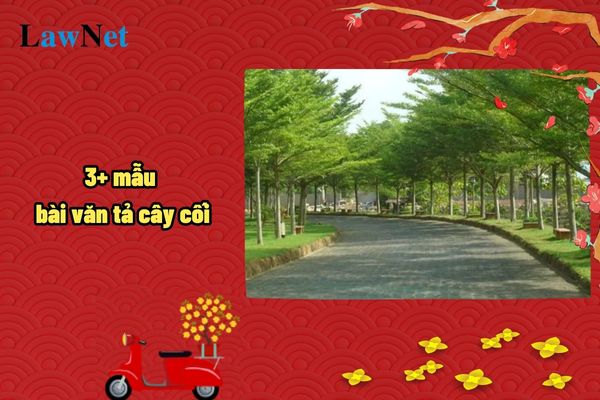What are the 03+ sample descriptive essays about plants for 4th-grade students in Vietnam? Will 4th-grade students in Vietnam be assessed through observation?
What are the 03+ sample descriptive essays about plants for 4th-grade students in Vietnam?
4th-grade students can refer to the following 03+ sample descriptive essays about plants:
|
03+ sample descriptive essays about plants Sample 1: Describing a Flamboyant Tree |
---
Note: The information is for reference purposes only.

What are the 03+ sample descriptive essays about plants for 4th-grade students in Vietnam? Will 4th-grade students in Vietnam be assessed through observation? (Image from the Internet)
Will 4th-grade students in Vietnam be assessed through observation?
Under Clause 2 Article 5 of the Regulation on Assessing Primary School Students issued with Circular 27/2020/TT-BGDDT, primary school students are assessed through the following methods:
- Assessment by observation: Teachers monitor and listen to students when teaching in classes, employ observation cards, examination boards and records of student's behaviors as proof for assessment of studying and training processes of students.
- Assessment by academic records, products and activities of students: Teachers provide feedback and assessment regarding products and activity results of students thereby assessing students based on relevant assessment criteria.
- Assessment by communication: Teachers discuss with students in form of questions and answers to collect information and promptly provide comment, remedial measures.
- Assessment by writing: Teachers employ tests consisting of questions and exercises designed according to levels and requirements to be achieved of the program in form of multiple-choice questions and writing tests to assess level of completion for academic assessment criteria.
Thus, 4th-grade students in Vietnam will be assessed through observation.
What are the linguistic competencies required for 4th-grade students in Vietnam?
Under the General Education Program in Literature issued with Circular 32/2018/TT-BGDDT, the following linguistic competencies are required for 4th-grade students in Vietnam:
- Pay more attention to understanding specific content, understanding themes, and lessons drawn from the text.
- Start writing short, complete essays, mainly narrative, descriptive, and simple introductions.
- Write texts retelling stories read, events witnessed, participated in, or imagined; describe familiar objects and phenomena.
- Introduce objects and activities close to the student's life. Write paragraphs expressing the student's feelings and thoughts when reading a story or poem or witnessing an event that evokes many emotions.
- State opinions on simple topics in study and life; write various text types such as autobiographies, messages, invitations, timetables, applications, and so on; initially know how to write according to a process; the essays need to have three parts (introduction, body, conclusion).
- Clearly present ideas and emotions; initially use gestures and appropriate expressions when speaking; recount clearly a story read or heard; share and exchange feelings, attitudes, and thoughts on discussed issues; know how to explain an object or a simple process.
- Listen with an appropriate attitude and grasp the main content; recognize the speaker's emotions; know how to respond to what has been heard.

